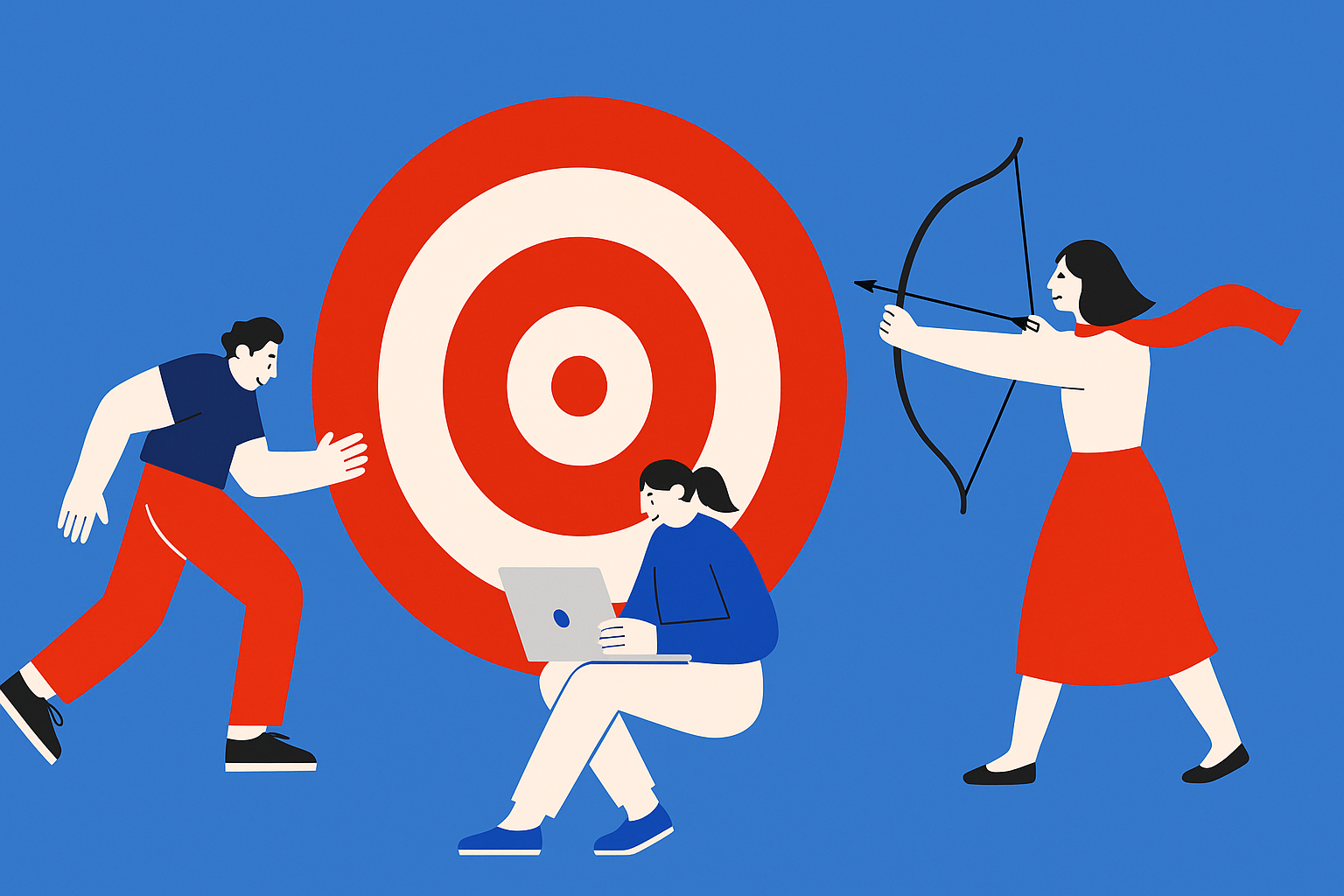The Myth of Selling Everything to Everyone is Killing Your Brand
Many brands are failing, and they don’t even realize why. They spread themselves too thin, trying to appeal to everyone at once. They think being “versatile” will expand their market share. In reality, broad positioning makes brands forgettable, weak, and ineffective.
Look at the brands that dominate: Tesla owns innovation, Volvo owns safety, Red Bull owns extreme energy. These companies didn’t grow by being “a little bit of everything”—they grew by owning one thing so aggressively that consumers had no choice but to associate them with it.
Trying to be great at everything means being the best at nothing. The brands that scale fast own their identity, attract a core audience first, and then expand outward strategically.
But most brands make the same three critical mistakes that prevent them from achieving real market dominance.
1. Owning Nothing: The Fastest Way to Be Ignored
Most brands are terrified of committing to one clear identity. They think if they focus on a single strength, they’ll lose potential customers. So instead, they try to be the best at everything—quality, price, design, safety, innovation, service, and more.
Here’s the problem: Consumers don’t remember brands that try to be good at everything. They remember brands that own something. Volvo = Safety. Tesla = Innovation. Nike = Athletic Excellence. When people think of these brands, they immediately associate them with their core strength.
On the other hand, what does Buick stand for? Or Toshiba? Or any brand that has spent years trying to be everything to everyone? Exactly. They’re forgettable.
Owning one thing doesn’t limit growth—it accelerates it. When a brand becomes the undisputed leader in a specific attribute, it attracts not just its ideal customers but also a wider audience that values that trait—even if it’s not their #1 priority.
This is why Tesla, initially for tech-obsessed early adopters, now appeals to a much broader audience. They owned innovation and cutting-edge technology, which made mainstream buyers aspire to own one.
If your marketing is failing, ask yourself: What does my brand OWN? If you can’t answer that in one sentence, you have a problem.
2. The Layered Attraction Strategy: Expand Without Losing Focus
Most brands think that being a mind-niche limits growth. The truth is, owning a mind-niche makes expansion easier.
Here’s why: When you own one clear strength, you naturally attract people who value it the most. Volvo attracts people who rank safety as their #1 priority. But here’s where the magic happens—it also attracts people who rank safety as their #2 or #3 priority.
A customer might prefer design first, space second, and safety third. But because Volvo is the undisputed leader in safety, they still consider it. That’s how a brand expands its market share without diluting its message. There are many marketing and sales tactics above and beyond the positioning strategy to trigger sales with people who have safety their second or 3rd priority. One thing is true though, regardless of where it ranks, safety is a purchase driver for a vast majority of people in Volvo’s addressable market.
Compare this to brands that list 10 different selling points and try to be “good at everything.” They end up sounding like generic, lifeless corporations instead of memorable, dominant brands.
Think of it like concentric circles of influence. The first circle contains your ideal customers, those who value your key attribute above all. The next circle consists of customers who consider that attribute important but not essential. The further out you go, the more customers you attract—without ever diluting your brand’s core identity. While the proportion of buyers may decrease as you move further from your core audience, your ability to influence and convert them still exists. The key is adapting your triggers of purchase based on how far they are from your core benefit buyers.
This is why companies that start with precise positioning scale faster than those that chase mass appeal from day one.
3. Why Broad Positioning Fails: The Mental Availability Factor
The biggest marketing failure isn’t lack of awareness—it’s lack of memorability. Consumers don’t have time to analyze every brand. They remember the ones that are easiest to define.
This is why brands with sharp, precise positioning grow faster. When you consistently reinforce one strong message, your brand becomes easier to recall. The moment a customer needs what you offer, your name is the first that comes to mind.
Red Bull didn’t say, “We’re a great energy drink with vitamins and a bold taste!” They said: “Red Bull gives you wings.” And they drilled that message into consumers’ minds until it became impossible to forget.
Now compare that to a brand that says, “We have great taste, long-lasting energy, natural ingredients, affordable pricing, and cool branding!” The message gets lost. No one remembers them.
Marketing works best when it simplifies choices for customers. The easier a brand is to categorize, the faster it locks into consumers’ minds. If a brand tries to communicate too many things, it risks meaning nothing.
This is why broad, unfocused messaging kills growth.
The Paradox of Mass Appeal: Focus on a Few, Attract the Many
The brands that win aren’t the ones that try to reach everyone at once. They’re the ones that start focused, build credibility, and let mass appeal come naturally.
Nike started by marketing to hardcore athletes. Tesla spoke to tech visionaries and environmentalists. They didn’t go broad—they went deep. And because they owned their space, the mainstream gravitated toward them.
The mistake most brands make? They try to go mass-market too soon, confusing broad appeal with offering a long list of benefits. In doing so, they dilute their message, weaken their positioning, and ultimately fade into the noise.
If you want to win, own one thing first—a single, powerful benefit that resonates deeply. It’s better to attract different customer segments with varying levels of conviction behind one strong positioning than to spread yourself thin trying to appeal to everyone with separate benefits.
A brand that locks in one key advantage can attract its first customer with 90% certainty, the next with 80%, and the third with 70%. That’s far stronger than attempting to attract all three with different benefits at 70% each—because strength in one area creates a halo effect that makes your brand the obvious choice.
Let your core customers become your loudest advocates. When your positioning is clear, you don’t need to say more—you simply become the default choice.
The brands that get this right become market leaders. The ones that don’t disappear into mediocrity.
Ressources :
- The Science of Brand Positioning – Harvard Business Review
- Why Market Leaders Own One Idea – McKinsey
- H-in-Q Analytics



